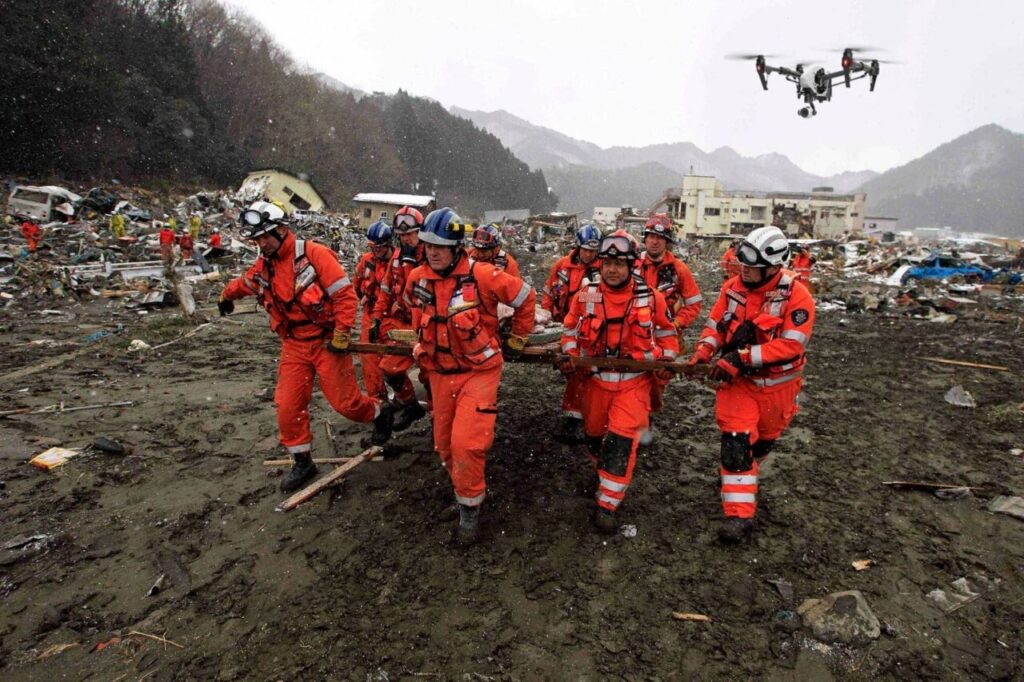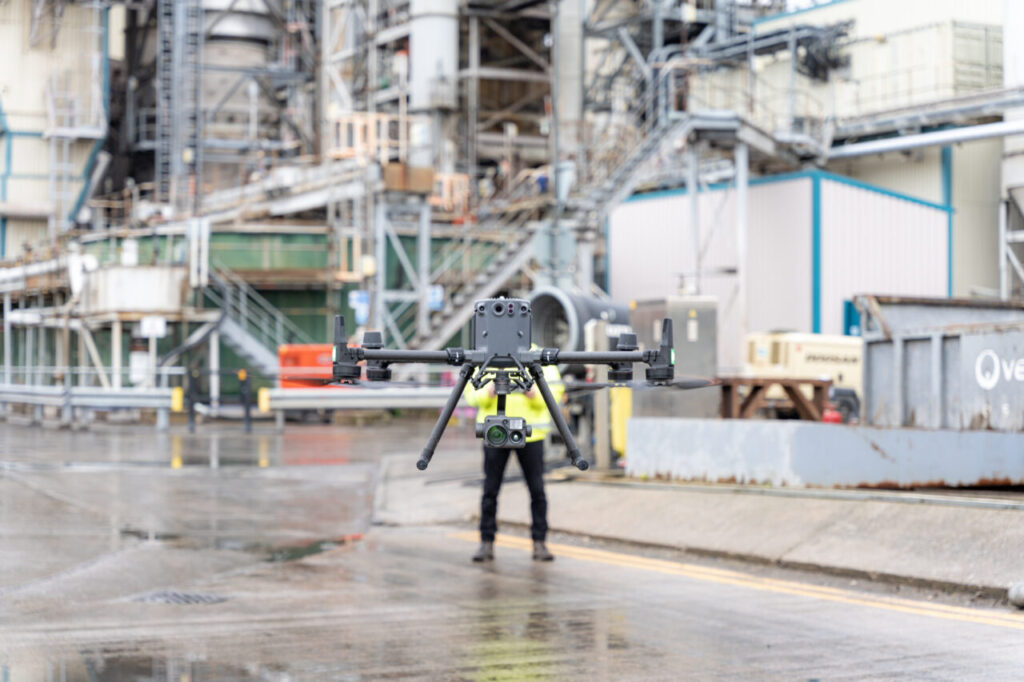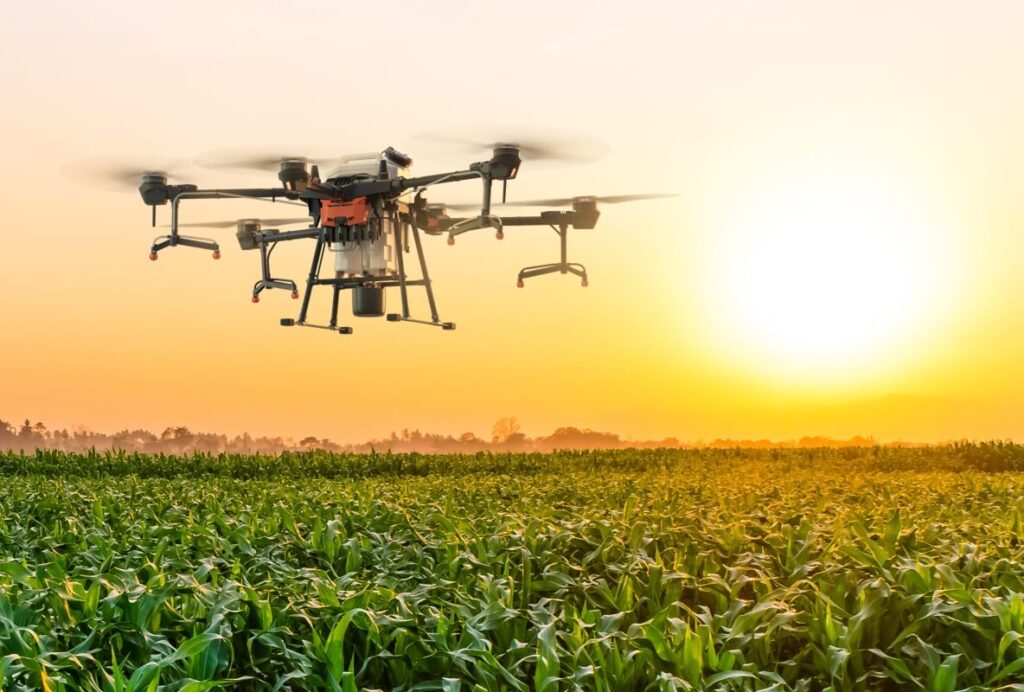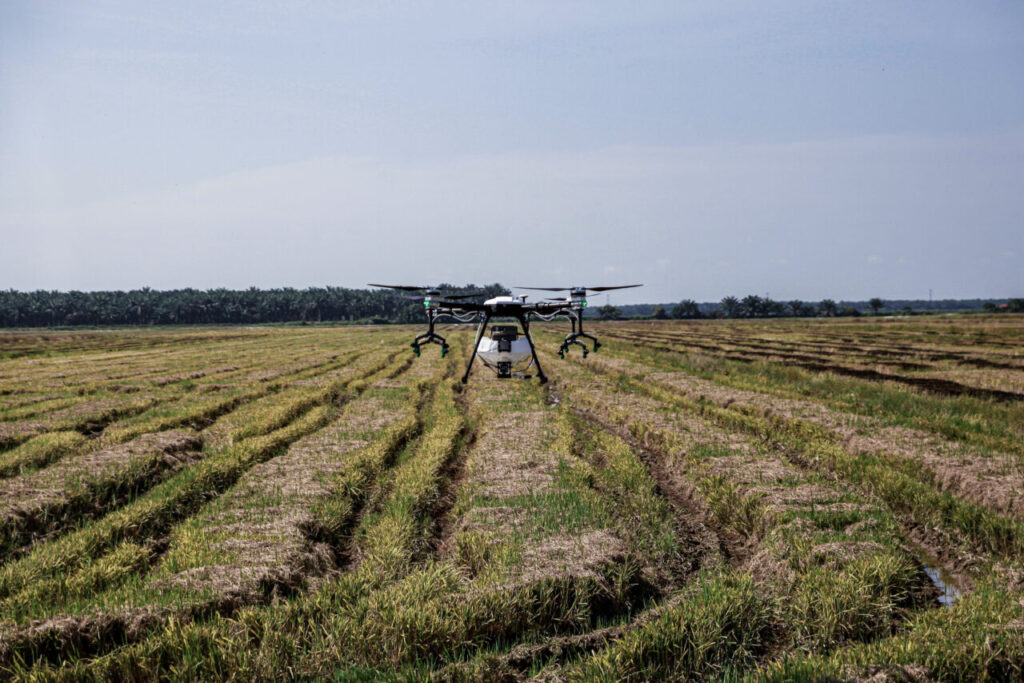Introduction
In recent years, the use of drones in search and rescue (SAR) missions has gained significant momentum. These unmanned aerial vehicles (UAVs) have proven to be invaluable tools, revolutionizing the way SAR operations are conducted. With their agility, versatility, and advanced technology, drones have become an essential asset for saving lives in critical situations. In this article, we will explore the remarkable benefits that drones bring to SAR missions and how it actually saves lives.
6 Benefits of Drones in SAR missions
| Benefits | Description |
|---|---|
| Rapid Deployment and Enhanced Efficiency | Drones can be quickly launched and cover large areas in a short time, improving the efficiency of search and rescue operations. |
| Aerial Surveillance and Real-Time Data | Drones equipped with cameras and sensors provide aerial surveillance, allowing for quick scanning of vast areas and real-time data collection. |
| Enhanced Safety for SAR Personnel | Drones can assess dangerous environments, evaluate stability, and identify potential hazards, reducing risks for SAR teams. |
| Thermal Imaging and Night Vision | Drones can utilize thermal imaging and night vision technologies to detect body heat signatures and locate individuals in distress, even in low light or obscured areas. |
| Effective Communication and Coordination | Drones facilitate seamless communication between search teams, incident commanders, and emergency response personnel, enabling real-time updates, resource allocation, and improved coordination. |
| Cost-Effective Solution | Drones offer a cost-effective alternative to traditional SAR methods, requiring minimal resources compared to manned aerial vehicles or ground-based operations. |
Rapid Deployment and Enhanced Efficiency
When every second counts, drones offer unparalleled speed in reaching the search area. Unlike traditional methods that involve extensive ground efforts, drones can be launched swiftly from a central command post. Their ability to cover large areas in a short span of time vastly improves the efficiency of SAR operations, increasing the chances of locating and rescuing individual in distress.
Aerial Surveillance and Real-Time Data
Equipped with high-resolution cameras and sensors, drones provide invaluable aerial surveillance capabilities. They can quickly scan vast areas, including challenging terrain or hazardous environments that are difficult to access by humans. Real-time video feeds and imagery captured by drones allow search teams to gather critical information, identify potential hazards, and make informed decisions on the ground.
Enhanced Safety for SAR Personnel
Search and rescue missions often involve inherent risks for rescue teams. By employing drones, SAR personnel can mitigate potential dangers and reduce their exposure to hazardous situations. Drones can assess the stability of structures, evaluate dangerous environments such as collapsed buildings or unstable terrain, and identify potential threats before risking human lives. This enhanced safety ensures that SAR teams can operate more effectively and efficiently.
Thermal Imaging and Night Vision
One of the significant advantages of drones in SAR missions is their ability to employ advanced technologies like thermal imaging and night vision. These features enable drones to detect body heat signatures, even in low light conditions or obscured areas. By utilizing thermal imaging cameras, drones can pinpoint individuals in distress, even when they are hidden from plain sight, making them a vital tool in locating missing persons.
Effective Communication and Coordination
Drones serve as a crucial link between search teams, incident commanders, and other emergency response personnel. Equipped with two-way communication systems, drones facilitate seamless communication during SAR missions. Real-time updates and coordination allow for efficient resource allocation, immediate response adjustments, and improved situational awareness, ultimately enhancing the overall effectiveness of the rescue operation.
Cost-Effective Solution
Drones offer a cost-effective alternative to traditional SAR methods. Compared to manned aerial vehicles or ground-based operations involving extensive manpower, the deployment of drones requires minimal resources. With advancements in technology and increased availability, drones have become more affordable, making them accessible to a wider range of search and rescue organizations.
True Stories: How Drones Save Lives
Drone lights up efforts to save hiker trapped on ledge at night in Utah
A search and rescue team at Snowy Canyon State Park, Utah, used a drone to help rescue a hiker who was trapped on a cliff at night in January 2019.
The hiker who became stuck was 60 years old. Other hikers who had heard the man calling out for help from the ledge where he was stuck immediately alerted search and rescue.
In this case, the drone was deployed as a light source to help the search and rescue crew locate the victim. The drone hovered in the air, giving light for the operation as search and rescue teams ascended up to the man and assisted him in repelling down to safety.
Drone helps find missing 88-year-old man in Texas
Also in January, 88-year-old Luis Reyna Zuniga went missing after leaving his Brownsville, Texas house at 5:30 p.m.
Members of the search and rescue team collaborated with local police and fire department officials, and a drone equipped with a thermal camera was used to try to locate the missing guy.
At 11 p.m. that night, the drone found the man in tall grass in a field near a levee, a place that would have been difficult to find if searchers had relied solely on information gathered on foot and by car.
Drone helps find two cousins trapped on a mountainside in Iceland
The Dalvik Search & Rescue Team utilized a drone in April 2018 to locate two cousins who were stranded on the edge of a steep mountain in Dalvik, Iceland.
One of the cousins held out a smart phone as a source of light. The search and rescue team was able to use that light to locate the cousins with the drone they had in the air, and then communicate information about how to find them to rescuers on the ground.
The European Emergency Number Association (EENA), a public safety NGO based in Brussels, recognized the Dalvik Search & Rescue Team for this rescue mission at the 112 Awards ceremony in Ljubljana, Slovenia. The EENA gave the Dalvik team the Outstanding Tech for Safety Award in honor of their efforts in saving the two cousins.
The EENA has forged a cooperation with DJI to promote the use of drones in supporting search and rescue operations. This collaboration enabled the Dalvik Search & Rescue Team’s operation in Iceland, and a DJI drone assisted in the search for the missing cousins.
Drone helps find U.K man flung from car

In February 2018, search and rescue personnel from Lincolnshire Police in the United Kingdom used a drone equipped with a thermal camera to locate a man who had been thrown from his car following a car accident.
The drone was launched around 2 a.m., and the police were frantic to find the missing vehicle crash victim because it was so cold that they were afraid he would die—either from hypothermia or from bleeding caused by the crash—if he wasn’t discovered immediately.
They used a drone to immediately discover the man in a six-foot-deep ditch near the crash scene. When the man was discovered, hypothermia was already setting in. When he was discovered, he was taken to the hospital for treatment and later released.
Drone helps find lost hikers in Colorado
Two hikers went missing in Colorado’s Pike National Forest in June of 2017.
A local search and rescue team was dispatched to seek for them, and more than twenty-five volunteers volunteered to assist. People searched on foot, in ATVs, and with a K-9 team. However, it was the team utilizing a UAV that discovered the two hikers.
They used the drone to locate the missing hikers in an area spanning thousands of acres in about two hours. Although the incident occurred in the summer, temperatures in the highlands drop swiftly at night, and the two hikers would have faced a potentially fatal scenario if they had been forced to spend the night in the forest.
Conclusion
The integration of drones in SAR missions has revolutionized the way emergency responders approach critical situations. With their rapid deployment, aerial surveillance capabilities, advanced technologies, and enhanced safety features, drones have proven to be invaluable tools in saving lives. As technology continues to advance, we can expect further refinements in drone capabilities, enabling even more efficient and effective SAR operations in the future. The incorporation of drones in SAR missions is a remarkable development that showcases how innovation and technology can significantly improve our ability to protect and save lives.




